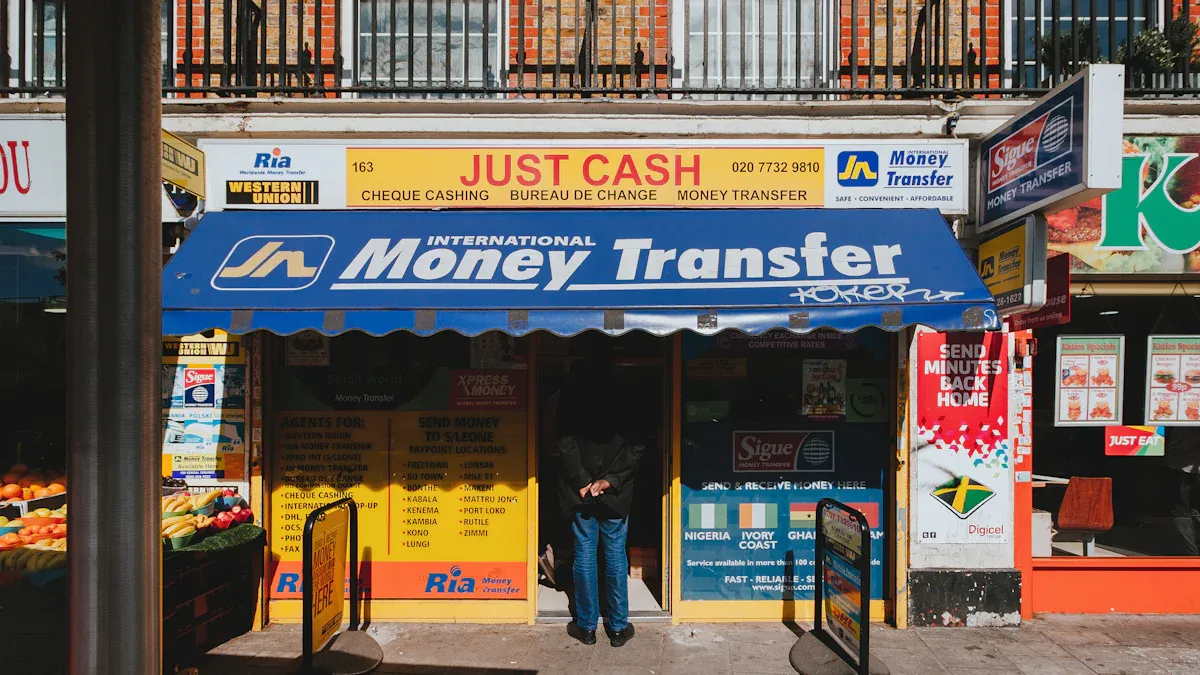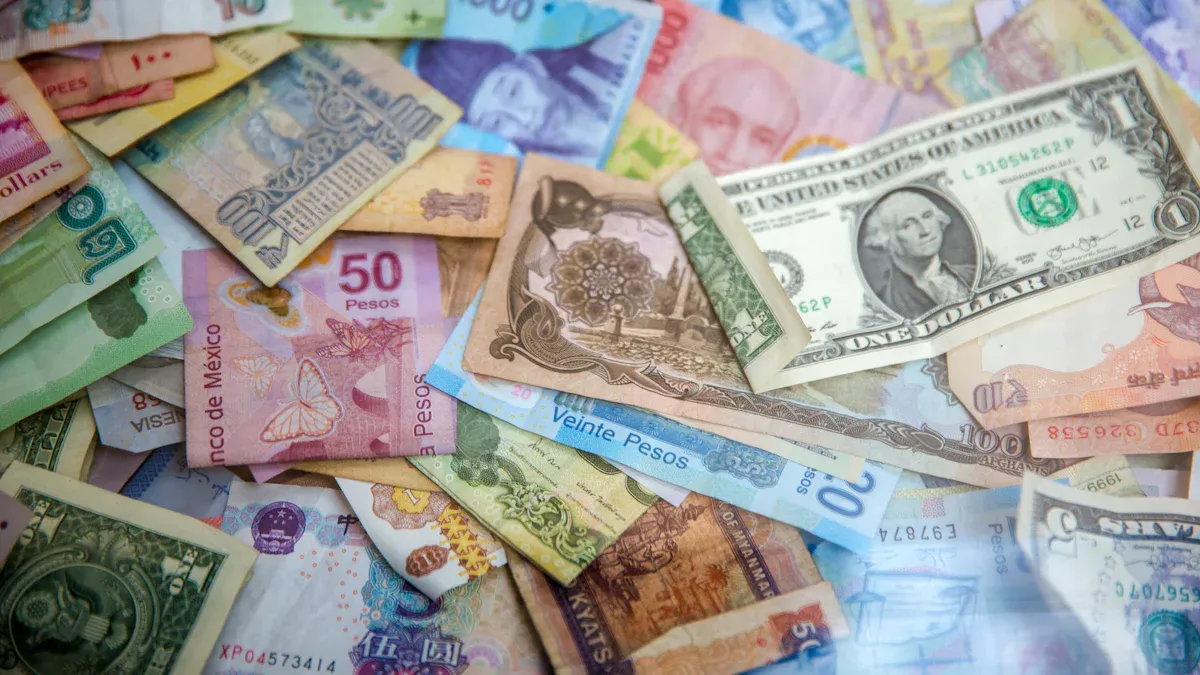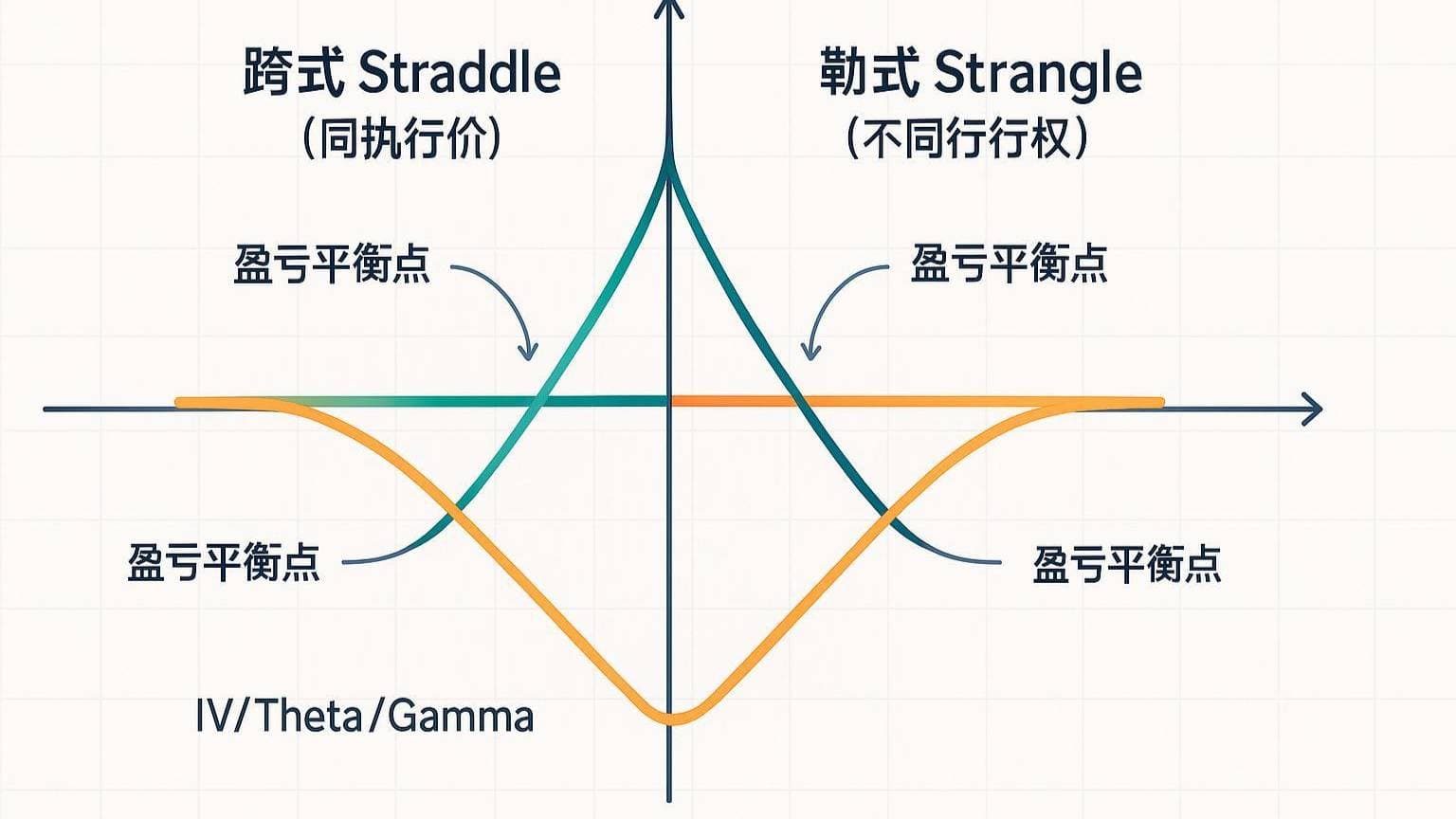- EasyCard
- Trade
- Help
- Announcement
- Academy
- SWIFT Code
- Iban Number
- Referral
- Customer Service
- Blog
- Creator
Complete Guide to Discover Bank Account Transfers: Security, International Transfers, and Tax Implications

Image Source: unsplash
Are you looking for a clear, complete guide to bank account transfers? This guide will answer all your questions. Discover Bank offers free domestic transfers within the US through the ACH network. For international transfers, you can use third-party services like Wise to complete the process. Rest assured, all your transfers are protected by FDIC insurance and the bank’s security systems. Additionally, please note that large or cross-border transfers may involve tax reporting requirements.
Key Points
- Discover Bank provides free domestic transfer services in the US, and you can use ACH or Zelle®.
- Discover Bank does not directly offer international transfer services, but you can use third-party platforms like Wise for international transfers.
- Discover Bank does not charge handling fees for receiving international transfers, which can save you money.
- You should enable two-factor authentication and account alerts to protect your Discover account’s security.
- Large or international transfers may involve tax reporting, and you need to understand the relevant regulations and consult a tax advisor.
Complete Guide to Discover Bank Account Transfers: Domestic Section
Welcome to the domestic operations section of this complete guide to bank account transfers. For transferring funds within the US, Discover offers two mainstream, convenient, and free methods: ACH transfers and Zelle® instant transfers. Below, we will break down the setup process, operational steps, and applicable scenarios for these two methods to help you easily manage your funds.
Setting Up and Initiating ACH Transfers
ACH (Automated Clearing House) transfers are the standard method for electronic fund transfers between US banks, ideal for large, non-urgent fund movements between your own bank accounts. The process is completely free.
To use this feature, you first need to link your external bank account to your Discover account.
- Log into Your Account: Visit the Discover Bank website or open its mobile app and complete the login process.
- Find the Transfer Option: Look for “Transfers” or a similar option in the menu.
- Link an External Account: Select “Add an external account.” You need to provide the name of the other bank, account type (checking or savings), routing number, and your account number.
- Complete Account Verification: To confirm you own the account, Discover will send two small deposits (often called “micro-deposits”) to your external account. You will receive these within 1–2 business days. Once received, return to Discover’s verification page and enter the exact amounts of these deposits to complete verification.
Once the account is verified, you can freely transfer funds between your Discover account and the external account. To initiate a transfer, simply select the transfer direction (from the external account to Discover or vice versa), enter the amount, and confirm.
ACH Transfer Timing and Limits
Understanding the timing and limits of ACH transfers can help you better plan your funds.
- Processing Time: ACH transfers are not instant. Since they are processed in batches through the network, funds typically take 2–3 business days to clear and appear in the recipient’s account. Therefore, plan ahead to avoid delays due to waiting for funds to arrive.
- Transfer Limits: Discover sets daily and monthly limits for ACH transfers. These limits vary based on individual account history, credit status, and other factors.
Operation Tip: You can clearly see your specific transfer limits on Discover Bank’s transfer page. Before making a large transfer, be sure to log into your account to check and ensure your transaction is within the allowed range.
Using Zelle® Instant Transfers
When you need to quickly pay friends, family, or trusted merchants, Zelle® is your best choice. It is integrated into Discover’s mobile app and online banking, enabling instant transfers within minutes.
Using Zelle® is very simple; you don’t need the recipient’s complex bank account information, just their US phone number or email address.
According to Discover’s user agreement, Zelle® transfers have the following features:
- Sending Limit: You can send up to $600 daily. Discover Bank reserves the right to adjust this limit based on risk assessments or other factors, and the bank will notify you if your limit changes.
- Receiving Limit: Discover typically does not set an upper limit on the amount you can receive via Zelle®. However, note that the actual amount received is subject to the sending limits of the payer’s bank.
ACH vs. Zelle® Comparison: How to Choose?
To help you understand the differences more clearly, this complete guide to bank account transfers provides the following comparison table to assist you in making informed choices based on different needs.
| Feature | ACH Transfer | Zelle® Instant Transfer |
|---|---|---|
| Applicable Scenarios | Transferring funds between your own bank accounts, paying large bills (e.g., rent, car loans) | Splitting dining costs with friends, small transfers to family, payments to trusted individual service providers |
| Speed | 2–3 business days | Usually arrives within minutes |
| Fees | Free | Free |
| Limits | Higher, varies by individual | Lower (e.g., daily sending limit of $600) |
In summary, ACH transfers are a reliable tool for large, planned fund movements, while Zelle® perfectly meets the need for small, instant payments in daily life.
Discover International Transfer Analysis

Image Source: unsplash
When your funds need to cross borders, understanding the correct operational path is crucial. The international section of this complete guide to bank account transfers will reveal how to efficiently and economically handle international transfers through your Discover account. Although Discover Bank itself does not directly offer international wire transfer services, you can easily achieve global fund transfers through third-party platforms.
More importantly, Discover offers a significant cost advantage for receiving international transfers.
Key Advantage: No Fees for Receiving Transfers Discover Bank itself does not charge any fees for receiving international transfers. In contrast, many traditional large banks, such as Bank of America, typically charge around $16 USD per incoming international wire transfer. This means that just in the receiving phase, choosing Discover can save you money.
Methods for International Transfers
To make international transfers, you need to use professional third-party transfer services. These platforms specialize in cross-border payments, often offering better exchange rates and lower fees than traditional banks.
- Sending Transfers: You need to initiate the transfer through platforms like Wise or Remitly. During the process, you can use your Discover bank account (via ACH transfer or debit card) to fund the payment.
- Receiving Transfers: When someone sends you money from overseas, they can also use these third-party platforms. The sender only needs to enter your Discover bank account information (routing number and account number), and the funds will be deposited into your account as if it were a domestic transfer, with Discover charging no incoming fees.
Third-Party Platform Operation Steps
The process of using third-party platforms for international transfers is very intuitive. Taking the popular Wise as an example, you typically need to complete the following steps:
- Create a Platform Account: Visit the website or app of platforms like Wise, register, and verify your personal information.
- Set Up the Transfer: Enter the amount you wish to send and the target currency (e.g., from USD to HKD). The platform will immediately display the fees, exchange rate, and the estimated amount the recipient will receive.
- Enter Recipient Information: This is a critical step. Depending on the receiving method, the required information varies:
- Bank Account Transfer: You need to provide the recipient’s full name, bank name (e.g., a licensed bank in Hong Kong), bank account number, and other necessary bank codes (e.g., SWIFT/BIC).
- Cash Pickup: If you choose to let the recipient pick up cash, you need to provide the recipient’s full name, country, address, and contact phone number. Ensure the recipient’s name matches their government-issued ID exactly, or they may not be able to collect the funds.
- Pay for the Transfer: Choose to pay from your Discover account. You can link a bank account (ACH) or use a Discover debit card for payment.
- Track the Transfer: After completing the payment, you can track the status of your funds in real-time on the platform until the recipient successfully receives them.
Fees, Exchange Rates, and Delivery Time
Choosing the right transfer method involves balancing fees, exchange rates, and speed. Third-party platforms typically excel in these areas.
Exchange Rate Advantage: No Hidden Markups
Traditional banks often add a markup to the “mid-market exchange rate” to profit during currency conversion. In contrast, modern transfer services like Wise strive to offer transparent rates. Over 16 million users choose Wise because it consistently uses the fair mid-market exchange rate for transfers to over 160 countries worldwide, with no hidden markups. All fees you see when initiating a transfer are clearly listed, ensuring what you see is what you get.
To help you make the best decision, refer to the following comparison:
| Feature | Third-Party Platforms (e.g., Wise) | Traditional Bank International Wire Transfers |
|---|---|---|
| Fee Structure | Transparent and low. Typically a small fixed fee + a percentage-based fee. | Higher. Usually includes a high fixed transfer fee ($25–$50 USD) and potential intermediary bank fees. |
| Exchange Rate | Uses mid-market exchange rate with no hidden markups. | Bank-determined rate, typically with a 2%–4% or higher profit margin. |
| Delivery Speed | Fast, many major currencies can arrive within 24 hours or even minutes. | Fast, usually within hours to 1 business day, but more costly. |
| Transparency | High. All fees and the final received amount are visible before confirmation. | Lower. The final received amount may be less than expected due to intermediary bank deductions. |
In summary, for most individual transfers from the US to mainland China, Hong Kong, or other regions, using third-party platforms like Wise is the ideal choice for international transfers from your Discover account. It offers the perfect combination of cost-effectiveness, transparency, and convenience.
Transfer Security Measures

Image Source: unsplash
Fund security is paramount in bank transfers. This complete guide to bank account transfers will guide you in using Discover’s tools to establish a robust security defense. By proactively taking measures, you can effectively protect your account from fraud threats.
Utilizing Built-In Bank Security Features
Your first line of defense is the built-in security tools provided by Discover Bank. Ensure you set a strong password composed of letters, numbers, and symbols for your account. More importantly, you should enable Two-Factor Authentication (2FA). When enabled, each login on a new device requires not only a password but also a verification code sent to your phone, significantly increasing the difficulty of account theft.
Setting Up Key Account Alerts
Proactively monitoring account activity is key to preventing fraud. Discover allows you to customize detailed account alerts, notifying you via email, text, or app push notifications, keeping you informed of account activity in real-time.
You can set up various alerts based on your needs:
- Activity Alerts: Monitor account balance changes, large withdrawals, and login information changes.
- Security Alerts: Receive immediate notifications for international transactions, online transactions, or single transactions exceeding your set amount.
Operation Guide: How to Enable Security Alerts
- In the Discover app, click “More.”
- Select “Alerts.”
- Allow the app to send “Push Notifications.”
- Check the types of alerts you wish to receive. For the most comprehensive protection, set the transaction alert threshold to $0 USD so every transaction triggers a notification.
Preventing Common Transfer Scams
Understanding common tactics used by fraudsters can help you identify and avoid risks. Be wary of the following common transfer scams:
- Impersonation Scams: Fraudsters may pose as bank staff, your friends, or even company executives. They might contact you via email or text, claiming your account has a security issue and asking you to transfer funds to a “safe” account or provide login verification codes. Remember, banks will never ask you to do this.
- Phishing Attacks: You may receive an email or text that appears to be from an official source, claiming suspicious activity in your account or requesting confirmation of personal information. These often include a link that directs you to a fake website designed to steal your password and account information.
- Fake Payment Scams: Fraudsters may send you a fake check or deposit money into your account, then ask you to transfer part of the funds back for various reasons. When the bank discovers the initial deposit was fraudulent and reverses it, you’ve already incurred a loss.
The best rule to protect yourself is: never share your account password or one-time verification code with anyone, and independently verify any suspicious transfer requests through official channels.
Tax Implications of Transfers
When you make large or cross-border transfers, tax issues come into play. Understanding tax rules can help you manage funds legally and compliantly. This guide will explain the most common tax considerations for transfers, ensuring you’re well-informed.
Gift vs. Income Tax Distinctions
First, you need to distinguish between “gifts” and “income,” as their tax treatments are entirely different.
According to the IRS, a gift is money or property transferred to someone without expecting anything in return. As the recipient, money received as a gift is generally not considered taxable income, so you don’t need to pay taxes on it.
In contrast, taxable income is money earned through work or services provided. For example, the following are considered taxable income:
- Payments received as a freelancer.
- Payments for temporary services like caregiving.
- Rent received for leasing personal property.
Simply put, a birthday cash gift from a friend is a gift; payment received for fixing a friend’s computer is income.
US Domestic Gift Tax Reporting
In the US, gift-related tax obligations primarily fall on the giver (the person sending the money).
Annual Gift Tax Exclusion: In 2024, you can gift up to $18,000 USD to any individual without needing to report it. This amount will increase to $19,000 USD in 2025.
If you give more than the annual exclusion amount to the same person in a year, you must file Form 709 (US Gift Tax Return) with the IRS. Filing this form doesn’t mean you need to pay taxes immediately. You’re simply recording the excess, which will be deducted from your multi-million-dollar lifetime gift tax exemption.
International Transfer Tax Reporting Requirements
Receiving funds from overseas has specific reporting requirements.
If you are a US tax resident and receive gifts totaling more than $100,000 USD in a tax year from a non-US individual or foreign estate, you must proactively file Form 3520 with the IRS. Note that this is a reporting obligation, not a tax liability. Failure to file on time may result in significant penalties.
Additionally, if you own financial accounts overseas, when the total account value reaches certain thresholds, you may also need to comply with FBAR (Report of Foreign Bank and Financial Accounts) and FATCA (Foreign Account Tax Compliance Act) reporting requirements.
Important Reminder: The content in this article is for reference only and does not constitute professional tax advice. Tax rules are complex and vary by individual circumstances. Before handling large or international transfers, consult a professional tax advisor.
This complete guide to bank account transfers has reviewed key points: you can use ACH and Zelle® to easily handle domestic transfers and use platforms like Wise for international transfers. We’ve also explored critical security measures and tax reporting requirements. We encourage you to take action now, log into your Discover account, and check and enable security features like two-factor authentication (2FA). Before making large or international transfers, be sure to refer to this guide for planning and consult a tax advisor if necessary. By fully understanding the rules and utilizing the tools, you can securely and efficiently meet all your transfer needs, keeping your funds under control.
FAQ
Does Discover Bank Charge for Domestic Transfers in the US?
No, domestic transfers with Discover Bank are completely free. Whether transferring between your own accounts via the ACH network or paying others via Zelle®, Discover does not charge any handling fees.
Can I Make International Wire Transfers Directly from My Discover Bank Account?
No. Discover Bank itself does not offer international wire transfer services. You need to use third-party platforms like Wise, using your Discover account as the funding source to complete the transfer. This method is typically more cost-effective.
What Should I Do If I Receive a Suspicious Transaction Alert?
Immediately log into your account to verify the transaction. If you don’t recognize the transaction, call the customer service number on the back of your Discover bank card right away. Do not click on any links in texts or emails or respond to suspicious messages.
Do I Need to Report International Transfers to the IRS?
It depends on the amount. If you gift more than the annual exclusion amount to the same person in a year (2024: $18,000 USD), you, as the giver, need to file Form 709 to report it. This usually doesn’t trigger immediate taxes.
*This article is provided for general information purposes and does not constitute legal, tax or other professional advice from BiyaPay or its subsidiaries and its affiliates, and it is not intended as a substitute for obtaining advice from a financial advisor or any other professional.
We make no representations, warranties or warranties, express or implied, as to the accuracy, completeness or timeliness of the contents of this publication.




Contact Us
Company and Team
BiyaPay Products
Customer Services
is a broker-dealer registered with the U.S. Securities and Exchange Commission (SEC) (No.: 802-127417), member of the Financial Industry Regulatory Authority (FINRA) (CRD: 325027), member of the Securities Investor Protection Corporation (SIPC), and regulated by FINRA and SEC.
registered with the US Financial Crimes Enforcement Network (FinCEN), as a Money Services Business (MSB), registration number: 31000218637349, and regulated by FinCEN.
registered as Financial Service Provider (FSP number: FSP1007221) in New Zealand, and is a member of the Financial Dispute Resolution Scheme, a New Zealand independent dispute resolution service provider.


















